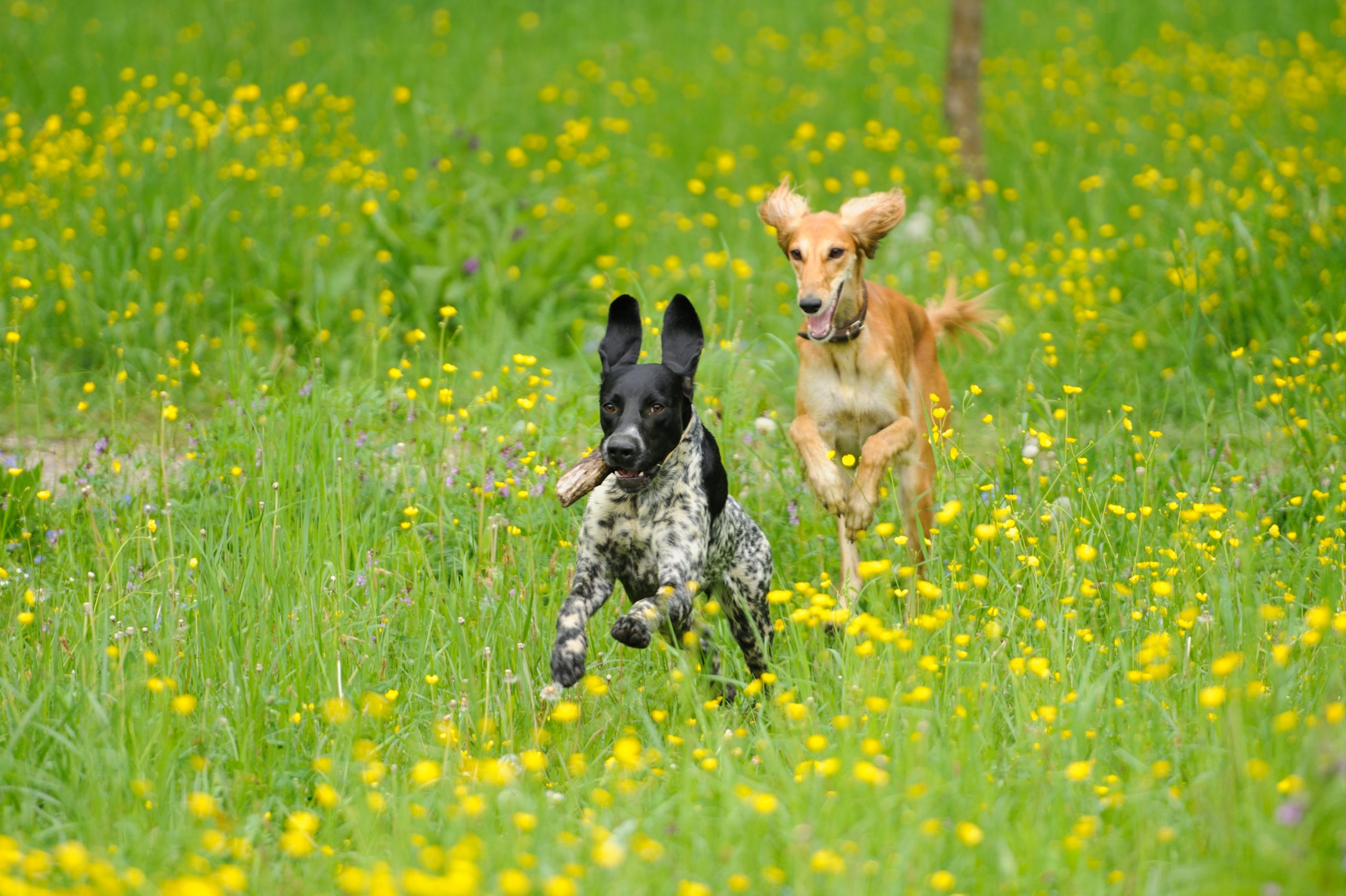For your pet to be in good health, it is necessary for them to exercise daily, especially if they are puppies or adults, due to the amount of energy they have in their bodies.
If they do not exercise daily, it can cause bad behaviour at home, as well as generating anxiety and stress.
The amount of exercise required will depend on the age, breed, physical health and environment of the animal, so if you have any doubts about your pet, we recommend that you ask your vet.
Generally speaking, the amount of exercise a dog needs depending on its age is as follows:
- PUPPIES. For puppies it is advisable to start with short exercise sessions, between 5 and 10 minutes, so that they get used to daily exercise. Exercise for them should consist simply of playing. Bring a ball or a toy to throw and let them run after it!
- ADULTS. When dogs grow from puppies to adults, they need 60 to 90 minutes of daily exercise spread over several walks a day. Exercise for them should include running, long walks, playing or swimming.
- SENIORS. Senior dogs, over 7 years of age, need smaller doses of daily exercise than an adult dog. Light exercise of 30 to 60 minutes per day is recommended. Exercise for senior dogs in poor health should only consist of walks.
On the other hand, the amount of exercise a dog needs depending on its breed is as follows:
- Adult herding or sporting breed dog needs 60 to 90 minutes of exercise each day.
- Between 30 and 60 minutes of exercise per day. Toy breeds (Maltese, Yorkshire, Chihuahuas), giant breeds (Great Danes, Mastiffs, Newfoundlands) and brachycephalic or flat-nosed breeds (French bulldogs, Shih tzus).
- Working dogs, such as Labradors, German Shepherds or Golden Retrievers, require more physical exercise than other breeds. At least two walks of one hour each per day in spacious areas. Ideally, these walks should be complemented by 2 more leisurely walks in different spaces so that they can exercise their mind and sense of smell.
- Hunting dogs, such as beagles, greyhounds or hounds, need walks that allow them to run in order to maintain their muscles and exercise their sense of smell. They require two intense walks of one hour in fields or woods, and two more quiet ones.
- Small breeds need two 30-minute walks, including exercise, in open spaces and free running, and two more short, leisurely walks to burn off all their energy.
Dogs may have different congenital or acquired diseases that limit the amount of exercise they can do. In this case, it is important to consult your veterinarian for advice on the frequency and intensity of exercise, as well as the type of physical activity best suited to your pet.


